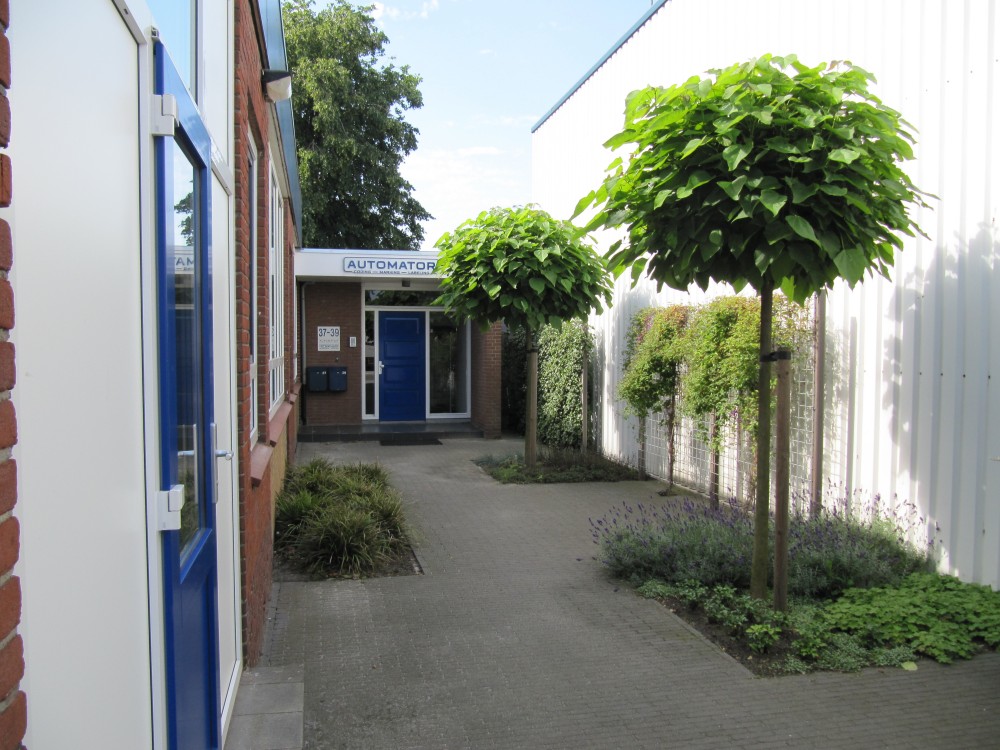There are many varieties of plastic. There are differences in hardness, shape, colour and size. Each variant requires a unique method of coding or marking. The method that is most suitable for you depends on the characteristics of the kind of plastic you use and a variety of other factors, such as the speed you want to mark at.
Coding in the plastic
Dot marking and scribe marking are very well suited for marking hard materials. These marking methods allow the code to be created directly in the plastic. A laser can also be used to code directly into the material. The coding becomes visible by discolouring the plastic, or melting it. None of these methods involve the use of inks and solvents.
Coding on plastic
Applying coding onto the plastic is also an option. This can be done directly onto the product, or onto a label that is then stuck on the product. An inkjet printer or a hot foil stamp can be used to create an ink code on the plastic. Another option is to provide a plastic label. The label could be pre-printed, partially pre-printed or completely pre-printed.
We offer a wide range of options for coding on plastic:

Then get in touch on working days between 8 a.m. and 5 p.m. using the details below for immediate advice.
+31 (0)10 415 64 00
info@automator.nl
Automator
Breevaartstraat 37
3044 AG Rotterdam